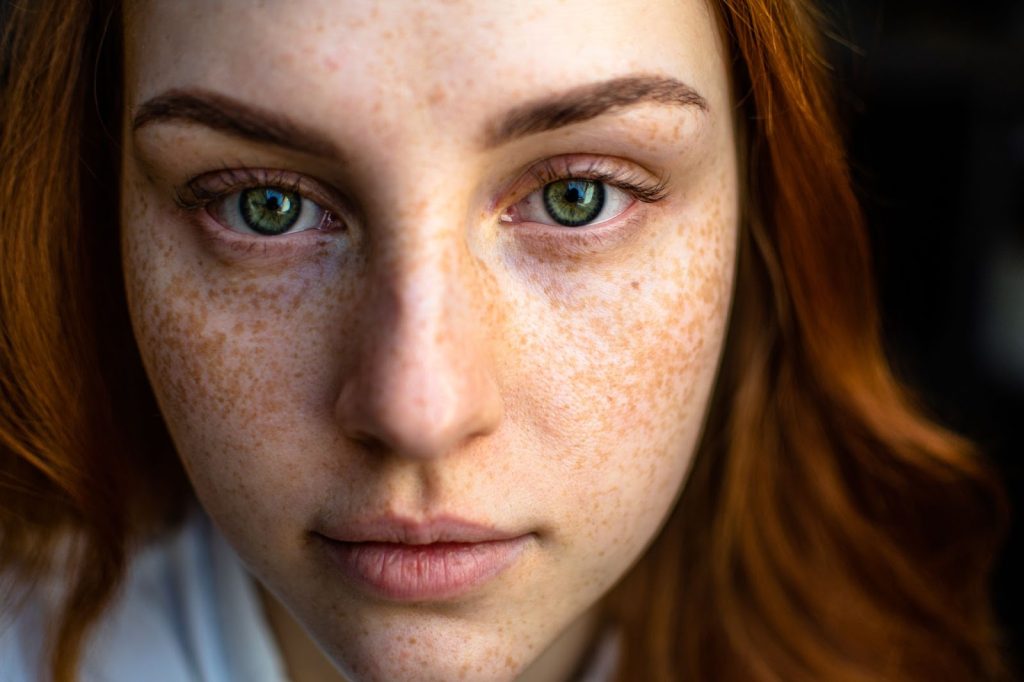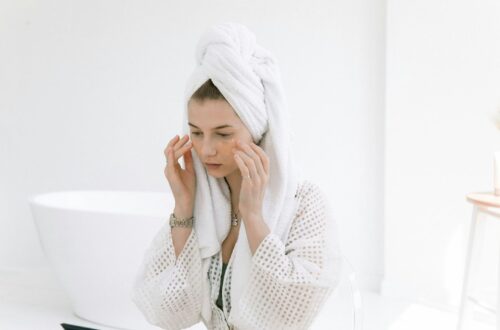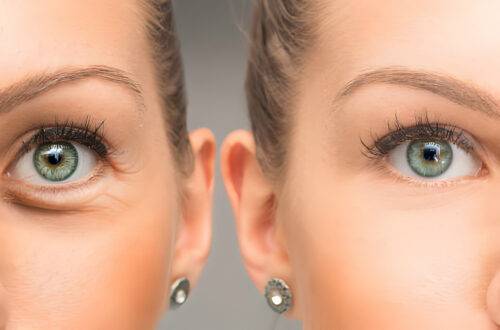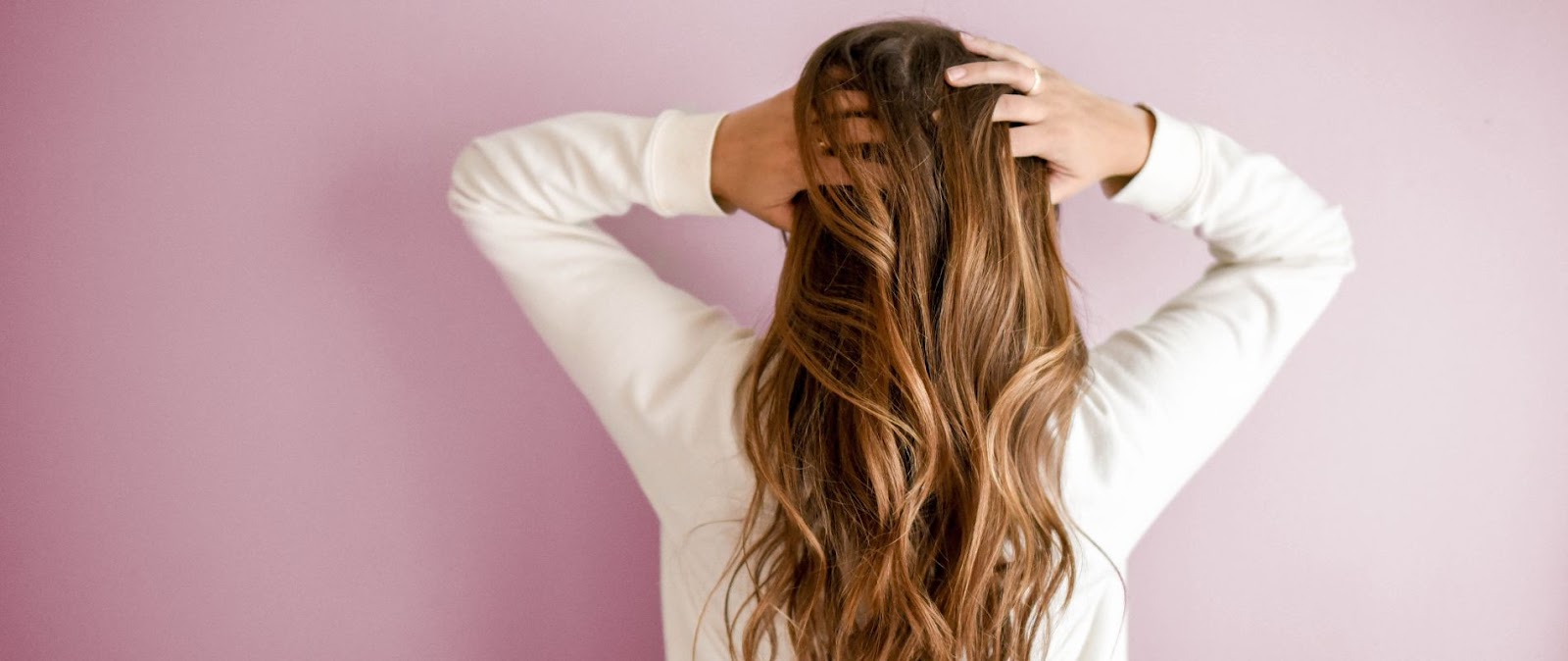Any teenager with acne will find it their worst nightmare—irritated, itchy cysts, spots that catch one’s eye.
But acne is not a condition that changes with age. Acne affects millions of individuals today, regardless of gender or age. As we are aware, treating acne can be a tediously slow process.
Fortunately, knowing what kind of acne you could have, we can help with the steps toward having clear, healthy skin. Here is all the information you need to know about acne, its causes, and the treatments that are accessible to you.
What Is Acne?
Spots on the face, neck, back, or chest are signs of the prevalent skin disorder acne – Whiteheads, blackheads, or inflammatory, pus-filled pimples can be the lesions. Acne that lasts over the age of 18 to 20 or begins in the early twenties is known as adult acne, often known as hormonal acne.
Acne, sometimes called acne vulgaris, is a common skin disorder that results in persistent pimple outbreaks. Other names for these zits include cysts, pustules, cystic acne, and whiteheads.
While the uncommon zit is nothing to worry about, you may have acne if you’re frequently busting out, experiencing multiple zits at once, or experiencing zits in the exact locations repeatedly.
What Are The Symptoms Of Acne?
Acne signs and symptoms include,
-
- Whiteheads (little white bumps that appear beneath the skin’s surface)
-
- Blackheads (tiny, clogged pores that have a black “plug.”)
-
- Pimples (angry red patches with a possible yellow pus center)
-
- Nodules (big, painful red pimples under the skin)
Although these signs are most frequently noticed on the face, acne can also affect the back, chest, shoulders, or neck.
Contrary to minor hormonal outbreaks, acne tends to be more persistent and can last weeks, months, or even years. Creams, washes, and toners sold over the counter to treat breakouts or zits typically don’t work on acne.
What Are The Causes Of Acne?
There are microscopic areas in your skin, known as pores, that let sweat and oil pass through your skin, keeping skin cool and removing toxins from your body. But germs, debris, oil, and dead skin cells can occasionally clog these pores. Usually, when this occurs, you develop a pimple there.
But with acne, it doesn’t only happen occasionally that one or two pores get blocked. Your upper body’s many pores get clogged and swollen simultaneously.
The pores on the face, neck, chest, and shoulders may become clogged when androgen hormones stimulate excessive oil production. During puberty, androgen levels rise in both boys and girls. Because of this, many teenagers suffer from acne, whereas younger kids do not.
Additionally, girls may get acne earlier in life because they reach puberty earlier than boys. Only a tiny fraction of people experience acne due to a hormonal imbalance. However, other illnesses, such as polycystic ovarian syndrome (PCOS), can also cause it. Also, stress can boost hormone levels, increasing a person’s risk of developing acne.
What Are The Different Types Of Acne?
Knowing what kind of acne you have might help you choose the best course of therapy since not everyone has the same type of acne.
-
- Cystic Acne
One of the most severe types of acne, known as cystic acne, can leave you with painful, pus-filled lesions all over your face. People who have oily skin and teens or women with hormonal imbalances, including those brought on by menstruation, PCOS (polycystic ovarian syndrome), elevated androgen levels, and menopause, are more likely to develop cystic acne.
Treatments for cystic acne include antibiotic creams, gels, solutions, and lotions that reduce inflammation and kill germs. Salicylic acid or azelaic acid can fight microorganisms and remove surplus dead skin cells. To lessen the microorganisms on the skin, use benzoyl peroxide and retinoids.
-
- Fungal Acne
Yeast overgrowth in your pores is what leads to fungus-related acne. All the common acne symptoms are present, but the pimples are irritating and don’t react to conventional acne treatments.
Instead, anti-yeast and antifungal therapy is the greatest defense against spreading or returning fungal acne.
Oral antifungal drugs function by destroying existing fungal cells or stopping their development; Azoles are the most widely utilized because they prevent the action of enzymes necessary for forming the fungal cell membrane.
This kind of medicine is consumed orally. The advantage of oral medication is that it works quickly and efficiently.
-
- Hormonal Acne
Usually starting after puberty, hormonal acne can linger long into your 20s. The overproduction of sebum, or oil, which eventually causes your pores to clog, results from hormonal issues. Blackheads, whiteheads, and occasional cysts are the typical signs and symptoms of hormonal acne.
Treatments for hormonal acne include
-
- Daily skin cleansing
-
- Change in diet
-
- Laser or light therapy
Acne Scars And Their Types

Inflammation of acne lesions leads to acne scars. The pore wall breaks down, causing the acne pore to expand. Some acne lesions are tiny, leaving superficial scars that heal fast. Blemishes occasionally leak their contents into the surrounding tissue, leaving deeper scarring. To treat the scar, the skin produces new collagen fibers.
It’s critical to identify the type of your scars before attempting to cure them. Various therapies have different effects on different types, and some treatments are more effective than others for a given type.
Here are different types of acne scars.
Atrophic Scars
Flat, thin depressions known as atrophic scars grow beneath the epidermis; severe cystic acne is a common cause of these scars. However, they can also be brought on by other forms of acne.
Atrophic acne scars can look different depending on a person’s acne condition. Atrophic scars come in three various forms,
-
- Boxcar scars are large, frequently box-shaped depressions with distinct edges. Boxcar scars are brought on by severe acne, chickenpox, or varicella, a virus resulting in a red, itchy, and blistered rash. Boxcar scars most frequently develop in the lower cheekbones and jaw, where the skin is quite thick.
-
- Smaller, more angular scars that point down to the skin’s surface are known as ice-pick scars. The cheeks frequently have these scars. Ice pick scars are notoriously difficult to cure and require vigorous, persistent care.
-
- Rolling scars have varied depths and sloping borders, giving the skin a wavelike, uneven appearance.
Hypertrophic and Keloid scars
In contrast to atrophic scars, hypertrophic and keloid scars appear as raised lumps of scar tissue where the acne once was. It occurs when scar tissue accumulates, possibly from previous acne patches.
The size of hypertrophic scars is similar to the acne that creates them. Keloid scars extend outside the edges of the original spot and leave a scar larger than the pimples that first produced them.
They are more prevalent on the shoulders, back, chest, and jawline. This kind of scarring is more common in those with darker skin tones.
Which Food Items Can Cause Acne?
Acne affects nearly 10% of people worldwide. Sebum and keratin formation, acne-causing bacteria, hormones, clogged pores, and inflammation are just a few causes of acne. Although there has been debate over the relationship between nutrition and acne, new evidence indicates that diet can significantly impact acne development.
Adult acne risk is reportedly increased by meals heavy in fat, sugar, and dairy substances. French fries, milk chocolate, and sugary beverages are some foods that might make acne more likely. Adults with acne outbreaks should adjust their diets, suggest experts, by consuming more fruits and vegetables.
Bottom Line
Knowing what kind of acne you have might help you choose the best course of therapy. Find what type of acne and scar you have and stick to its treatment. It is very important to know your skincare routine. I would suggest first consulting your dermatologist before starting any treatment.
Frequently Asked Questions
Q: How do I remove acne?
Ans: You can use ice on the affected area to help soothe the skin. Besides, apply a prescribed ointment to remove acne. If you need to get rid of it fast, you can also conceal it with makeup.
Q: Can stress cause acne?
Ans: Though stress doesn’t cause acne directly, it can worsen your already existing acne. When you are in a stressful state of mind, your acne healing might get slower.
Q: Is cold water suitable for acne?
Ans: If you have dry and acne-prone skin, cold water can be really helpful in helping you soothe the skin. You should avoid using warm water directly on the affected area, as it can damage your skin.
Q: Do pillows cause acne?
Ans: Unwashed pillows can cause and worsen acne, as they have oil, skin cells, and makeup accumulated on them. When you sleep in these pillows, pressure is applied against your skin. Resultantly, it causes acne.




